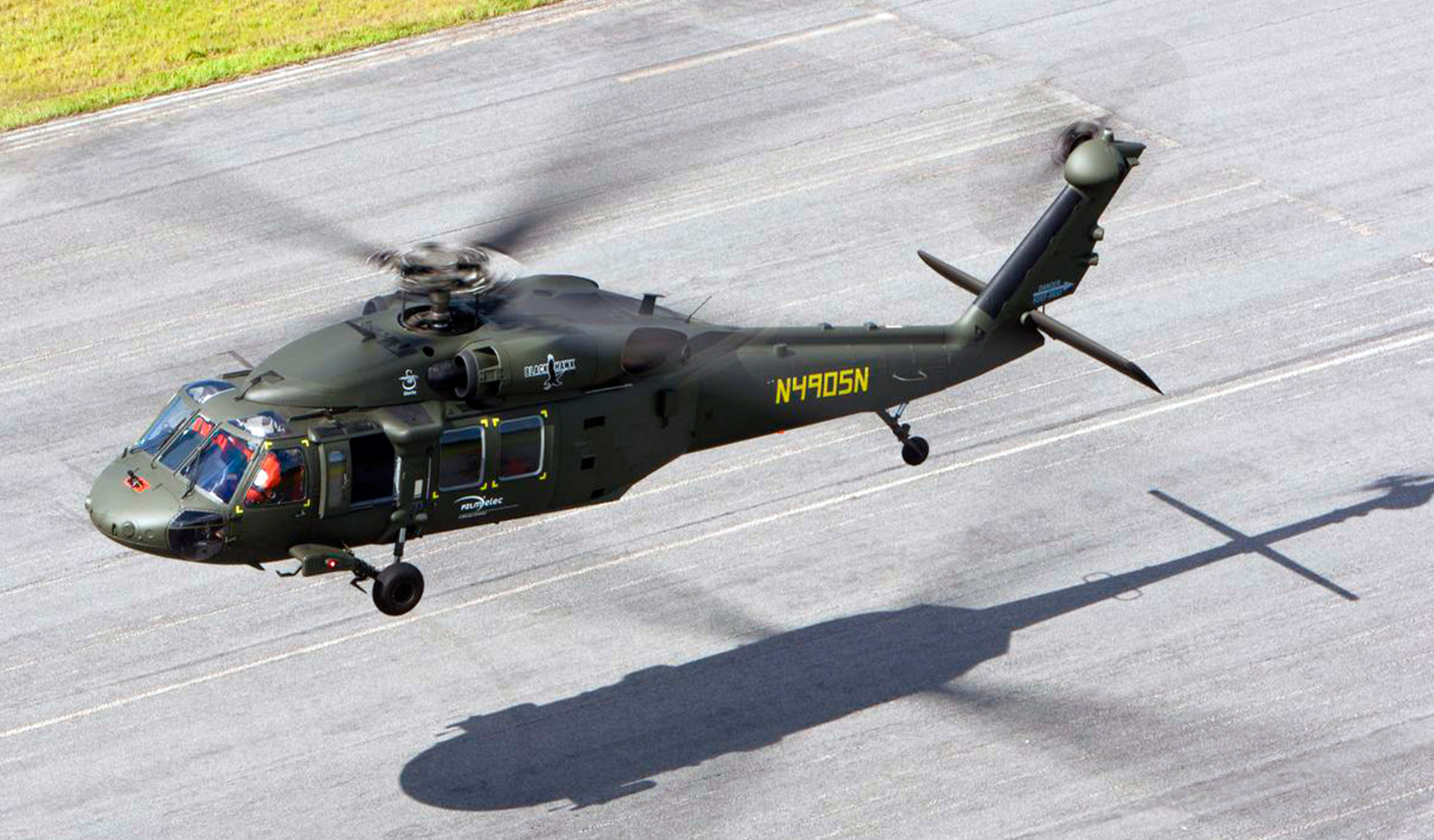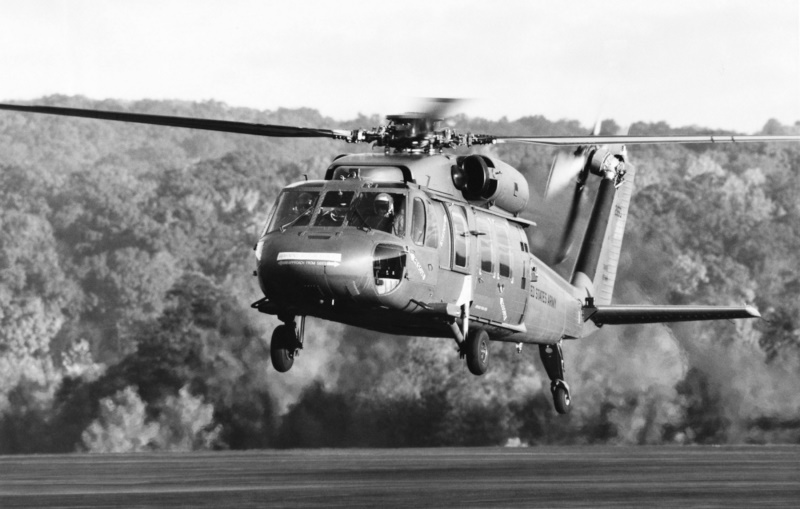Top Functions and Advantages of the Sikorsky S 70 Helicopter
Top Functions and Advantages of the Sikorsky S 70 Helicopter
Blog Article
High-Performance Multi-Role Rotorcraft Featuring Advanced Cabin Technologies and Integrated Sensing Unit Solutions
The realm of rotorcraft modern technology has actually seen significant improvements in recent times, especially in the world of high-performance multi-role rotorcraft equipped with innovative cabin modern technologies and flawlessly incorporated sensing unit systems. These technologies have not only boosted the operational capabilities of rotorcraft yet have additionally significantly influenced modern air travel operations on various fronts. From boosted goal convenience to improved operational effectiveness, the convergence of innovative cabin innovations and integrated sensing unit systems has introduced a new age of opportunities for rotorcraft applications. In the complying with conversation, we will certainly explore the advancement of rotorcraft modern technology, explore the world of sophisticated cabin technologies, and check out the implications of incorporated sensor systems on the operational adaptability and efficiency of modern-day rotorcraft.
Evolution of Rotorcraft Innovation
The development of rotorcraft technology has actually been marked by considerable developments in the rules of aerodynamics, materials, and propulsion systems, forming the capabilities and efficiency of modern rotorcraft. Wind resistant improvements have boosted the performance and maneuverability of rotorcraft, permitting raised speed, agility, and stability during flight (sikorsky s 70). Developments in products, such as the usage of composite materials and progressed alloys, have actually brought about lighter yet more powerful rotorcraft structures, improving overall efficiency and longevity. Additionally, improvements in propulsion systems, including more powerful engines and ingenious propulsion modern technologies, have actually made it possible for rotorcraft to achieve higher altitudes, faster rates, and better hauls.
These advancements have not just transformed the capabilities of rotorcraft but have likewise broadened their applications throughout different markets, consisting of army, commercial, and emergency solutions. The constant evolution of rotorcraft modern technology continues to drive advancement in the field, pressing the limits of what is possible and shaping the future of vertical trip.
Advanced Cockpit Innovations
Building upon the fundamental improvements in the rules of aerodynamics, products, and propulsion systems, the realm of rotorcraft modern technology now moves focus in the direction of pioneering Advanced Cabin Innovations. The assimilation of innovative technologies within the cabin atmosphere plays a crucial role in boosting the operational abilities, safety, and effectiveness of modern rotorcraft. sikorsky s 70. Advanced Cockpit Innovations incorporate a broad array of attributes designed to give pilots with improved situational understanding, structured data management, and user-friendly control interfaces
Among the vital innovations in cabin layout is the implementation of glass cockpits, which change typical analog determines with high-resolution screens. These digital systems use personalized formats, real-time information assimilation, and improved readability, enabling pilots to gain access to crucial information at a glance. In addition, progressed avionics systems, such as fly-by-wire controls and augmented fact screens, are changing exactly how pilots interact with the aircraft, permitting precise control and improved decision-making abilities.


Incorporating sophisticated cabin innovations not just improves pilot performance yet likewise adds to general goal efficiency and security in intricate operational atmospheres. By leveraging modern technologies within the cabin, rotorcraft producers are establishing brand-new standards for operational excellence and objective success.
Integrated Sensing Unit Systems
With the development of rotorcraft modern technology, the integration of advanced Integrated Sensing unit Systems has actually come to be extremely important in enhancing functional performance and safety. These Integrated Sensor Solutions encompass a large selection of innovations that offer important data for various features such as navigation, monitoring, targeting, and ecological surveillance. By seamlessly integrating sensors like radars, review electronic cameras, lidar, and infrared systems right into rotorcraft, drivers can gain from improved situational awareness, boosted mission abilities, and minimized pilot workload.
One secret benefit of Integrated Sensor Equipments is their capacity to gather real-time data and offer workable insights to pilots and mission drivers. For example, advanced radar systems can discover and track targets over fars away, permitting early threat discovery and efficient reaction preparation. Additionally, integrating infrared and electro-optical cameras makes it possible for rotorcraft to carry out reconnaissance and security missions with accuracy and precision.
Essentially, her response the integration of advanced sensing unit innovations right into rotorcraft not just boosts operational performance but likewise adds significantly to overall objective success and team safety and security. As rotorcraft continue to advance, the role of Integrated Sensing unit Solution will unquestionably remain at the leading edge of development in the aerospace market.
Functional Adaptability and Efficiency
Enhancing functional versatility and efficiency in rotorcraft is an all-natural progression from the assimilation of sophisticated Integrated Sensor Systems. By leveraging the understandings and data provided by these innovative sensing unit systems, rotorcraft can optimize their performance throughout various objectives and environments.
Functional flexibility incorporates the capability of rotorcraft to adjust to various functions and situations effectively. With innovative cockpit technologies and integrated sensor systems, rotorcraft can seamlessly transition between jobs such as search and rescue, medical discharge, surveillance, and a lot more. This flexibility improves the rotorcraft's capacity to satisfy varied functional needs without calling for substantial reconfiguration.
Effectiveness in rotorcraft operations is crucial for optimizing mission efficiency and source usage. Integrated sensing unit systems play a critical duty in boosting functional performance by supplying real-time data on weather, surface mapping, target tracking, and more. This data allows pilots to make educated choices swiftly, maximize trip courses, preserve fuel, and enhance overall goal performance.
Effect On Modern Air Travel Operations

In addition, look at this website the assimilation of sophisticated sensing units facilitates enhanced mission planning and execution, making it possible for rotorcraft to do a vast range of tasks with boosted accuracy. From search and rescue operations to airborne firefighting and law enforcement goals, the capacities of contemporary rotorcraft outfitted with advanced cabin innovations and integrated sensing unit systems are unequaled.
Furthermore, the influence of these advancements expands past functional performance to cost-effectiveness and sustainability. By enhancing trip routes, fuel usage, and maintenance schedules, high-performance rotorcraft geared up with sophisticated cabin technologies and sensing units add to minimizing functional prices and ecological influence, making them indispensable assets in contemporary aeronautics operations.
Final Thought
In verdict, the high-performance multi-role rotorcraft with advanced cockpit technologies and incorporated sensing unit systems stands for a substantial advancement in aviation technology. These technologies improve operational flexibility and effectiveness, inevitably influencing modern-day aeronautics procedures in a favorable way. The assimilation of these sophisticated technologies permits for improved capabilities and performance in various goal situations, showcasing the proceeded improvement of rotorcraft innovation in the aeronautics industry.
The world of rotorcraft technology has actually seen noteworthy improvements in current times, especially in the realm of high-performance multi-role rotorcraft geared up with cutting-edge cockpit technologies and perfectly integrated sensor systems. From boosted objective flexibility to improved functional efficiency, the convergence of advanced cockpit technologies and integrated sensing unit systems has actually ushered in a new age of possibilities for rotorcraft applications. In the complying with discussion, we will discover the development of rotorcraft technology, dive into the world of advanced cabin technologies, and examine the effects of incorporated sensor systems on the functional versatility and effectiveness of modern rotorcraft.

Report this page